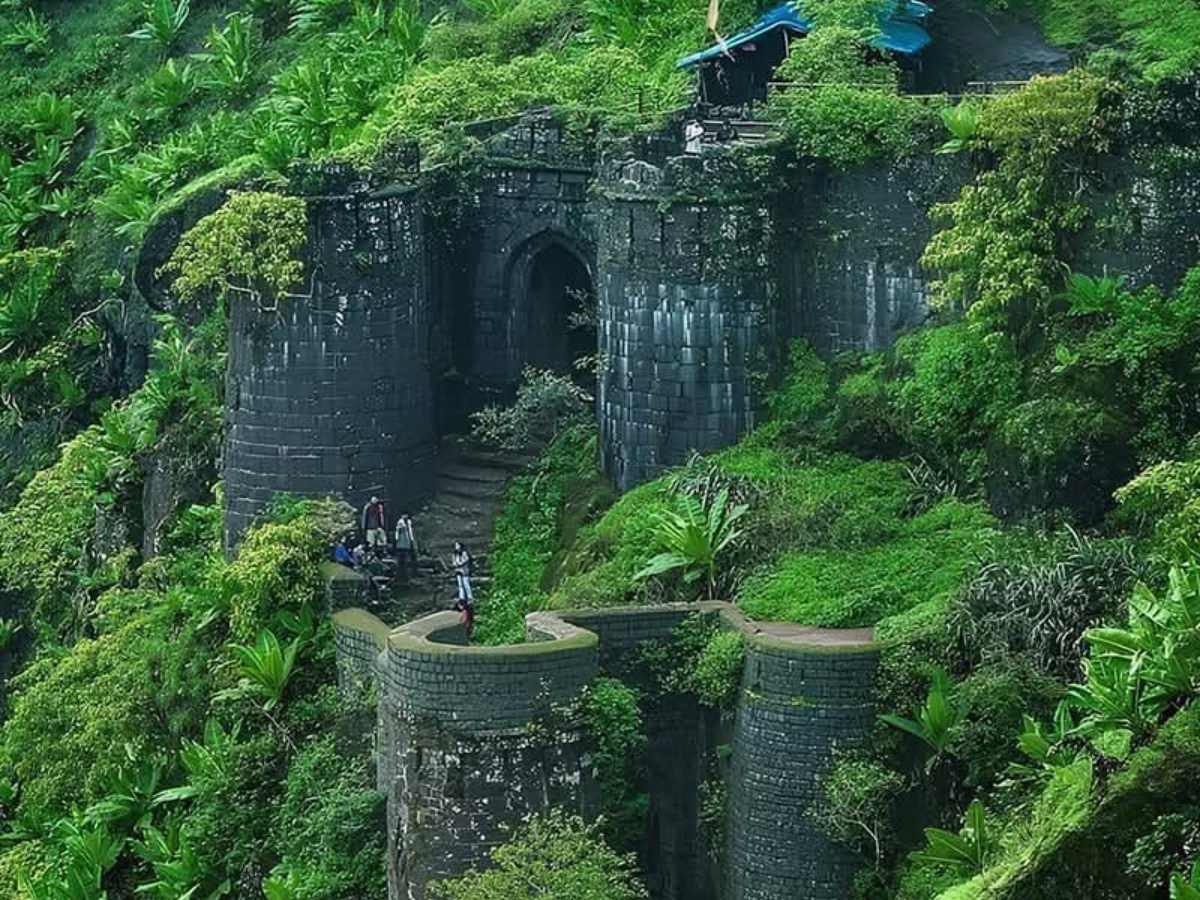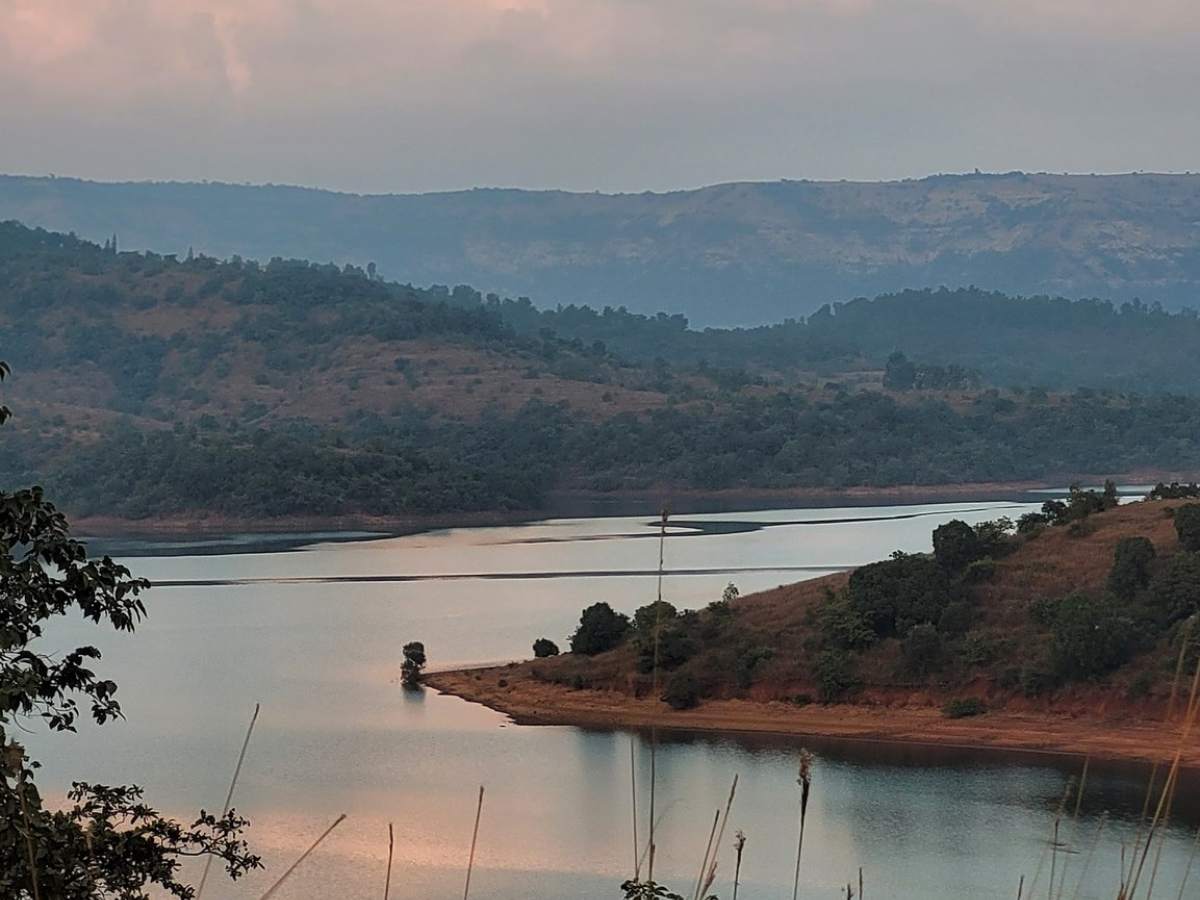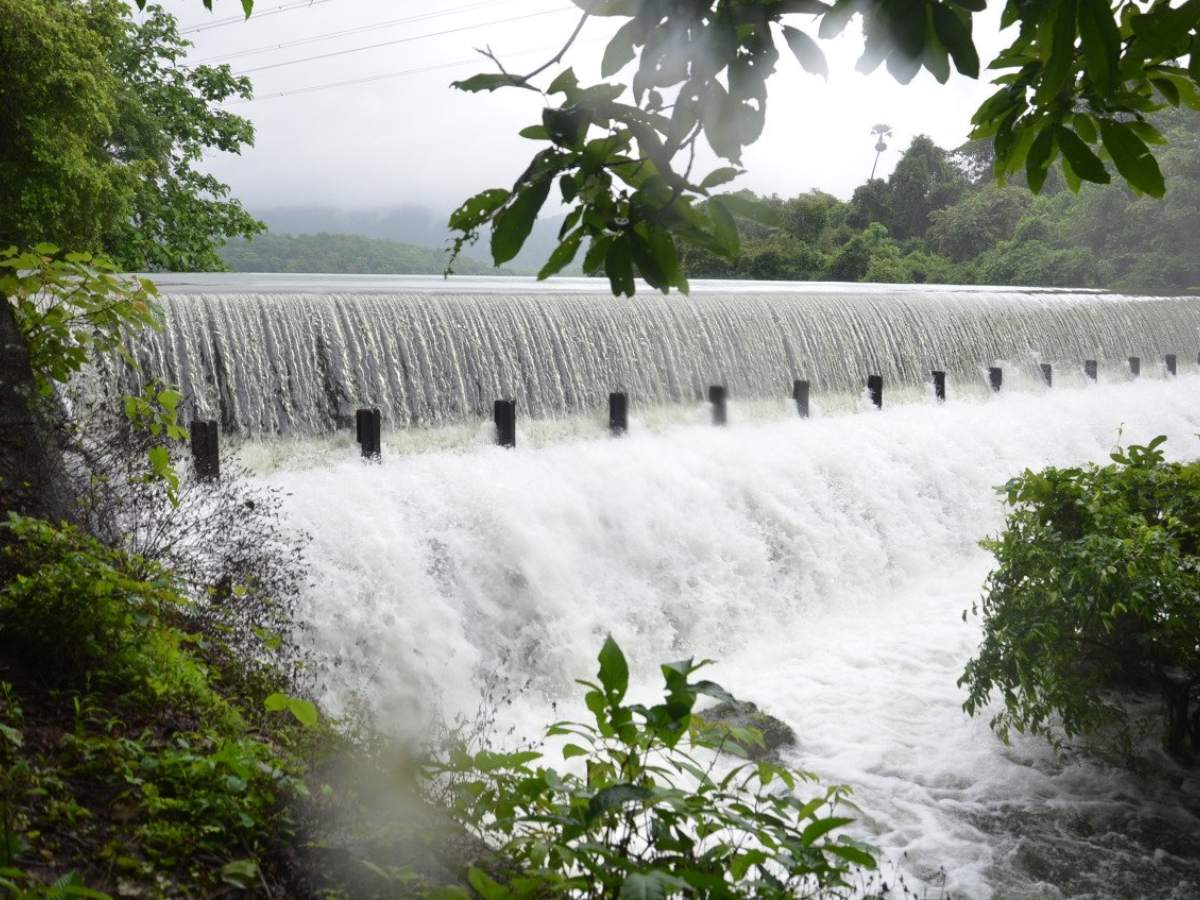7 Must-Visit Photography Spots In Pune For Stunning Monsoon Shots!
The monsoon season turns Pune into a breathtaking picture which the locals call “Cultural Capital of Maharashtra.” Nature produces magnificent effects during this season in the city which makes it the perfect destination for photographers who want to document these stunning sights. Seven locations around Pune bring out their most enchanting beauty during monsoon season which appeal both to photographers and nature lovers.
1. Khadakwasla Dam
Khadakwasla Dam stands as an important Pune landmark which truly shines during the monsoon rainy period. The residential area where this dam hides in the Western Ghats transforms into a flawless mirror surface due to rain accumulation that offers ideal photo opportunities. Your photography benefits from the lush-hilled landscape-view which deepens each shot. You should schedule your visit to Khadakwasla Dam between early mornings and late afternoons because the gentle illumination enhances the natural beauty.
2. Sinhagad Fort

Sinhagad Fort sits on a hilltop where visitors can enjoy breathtaking views of the valley undergrowth that turns colorful green during the rainy season. The site’s old ruins situated within the vivid natural setting makes it an excellent subject for photographers. Strong rainfall reveals an ethereal side to the fort areas because mist completely envelops their surrounding landscape. You should not overlook photographing the waterfall streams that animate your images by flowing near the fort.
3. Tamhini Ghat
The Tamhini Ghat provides a dreamlike experience to drivers when they navigate its paths during the monsoon season. The mountain pass gains fame for its dense forests alongside numerous waterfalls along its clouds-blanketed roads. During the monsoon photographers should use wide-angle lenses to record large expanses of ghats while utilizing macro lenses to show close-up depictions of moist-season flowers. Astrophotographers will find ideal conditions to photograph star trails following rain because the nights become clear and serene.
4. Panshet Lake

The scenic Panshet Lake around Khadakwasla area becomes a lovely attraction when monsoon visits. Heavy rainwater flooding fills the lake to create a vast and appealing appearance. Union Hills transform into emerald tones which create an eye-catching opposition with the lake’s deep blue depth. A lake boat ride gives photographers the chance to frame their photos with different reflective compositions which can be enhanced by utilizing the scenic picnic areas as alternative vantage points. Wildlife spectators who visit the area can find migratory birds that will enhance their photographs with additional vitality.
5. Rajgad Fort
The “King of Forts” Rajgad Fort proudly rises from its Sahyadri range location to offer both trekking and photographic paradise to visitors. The trek to the fort during monsoon becomes more demanding yet satisfying due to the transformation of the whole area into dense forest beauty. Photos take life from the vision of misted peaks and bayful waterfalls following the trail and stone structures wrapped in moss. Wet weather demands appropriate waterproofing for your equipment since heavy rains are expected.
6. Mulshi Lake and Dam

Asian visitors flock to Mulshi Lake near the Mulshi Dam which stands as one of the biggest artificial lakes across the continent. During the monsoon season the dam lets out surplus water to produce an awe-inspiring stream of flowing currents. When the lake duplicates both the landscapes and the overhead sky it becomes an ideal location for photographers who enjoy reflecting their subjects. Natural beauty at the Mulshi Valley enhances with its collection of tiny villages and farms near the Mulshi Lake and Dam.
7. Lohagad Fort
Lohagad Fort between Lonavala serves as a weekend tourist destination whose appearance changes completely during rainy weather. assistance also leads to panoramic views over distant valleys mixed with cascading waterways. The monsoon season covers all surfaces with greenery while the intermittent clouds produce a magical mood throughout the area. Photo enthusiasts should focus on both the ornate architecture of the fort entrance and the faraway Bhaja Caves emerging from fog to make their shots more compelling.
Tips for Monsoon Photography in Pune
The pleasure of capturing gorgeous images depends on detailed preparation when working during monsoon conditions.
- Camera equipment should be protected by waterproof covers and bags because they block moisture damage.
- A uniformly dispersed light produced by overcast skies helps reduce photo shadows and preserve image colors.
- You should try different photographic angles to create photos by placing your camera at low positions while you point at water reflections on puddles or wet rocks and leaves.
- Footpath safety is paramount because rainy conditions make trails slippery thus requiring safe boots and steering clear of danger zones.
- After taking photos, adjust exposure along with saturation values to reveal the intense colors that appear in monsoon scenery.
Final Thoughts
Pune’s stunning landscapes acquire photogenic qualities that appeal to photographers during the monsoon season. The seasonal locales in Pune consist of forts as well as lakes which provide unique views and ghat areas with foggy atmospheres. The top photography spots across Pune have what it takes to inspire both amateurs who want skill improvement and professionals who want to grow their portfolios. Capture the monsoon magic of Pune by getting your camera ready and accepting the rain while photographing its enchanting scenery.
News